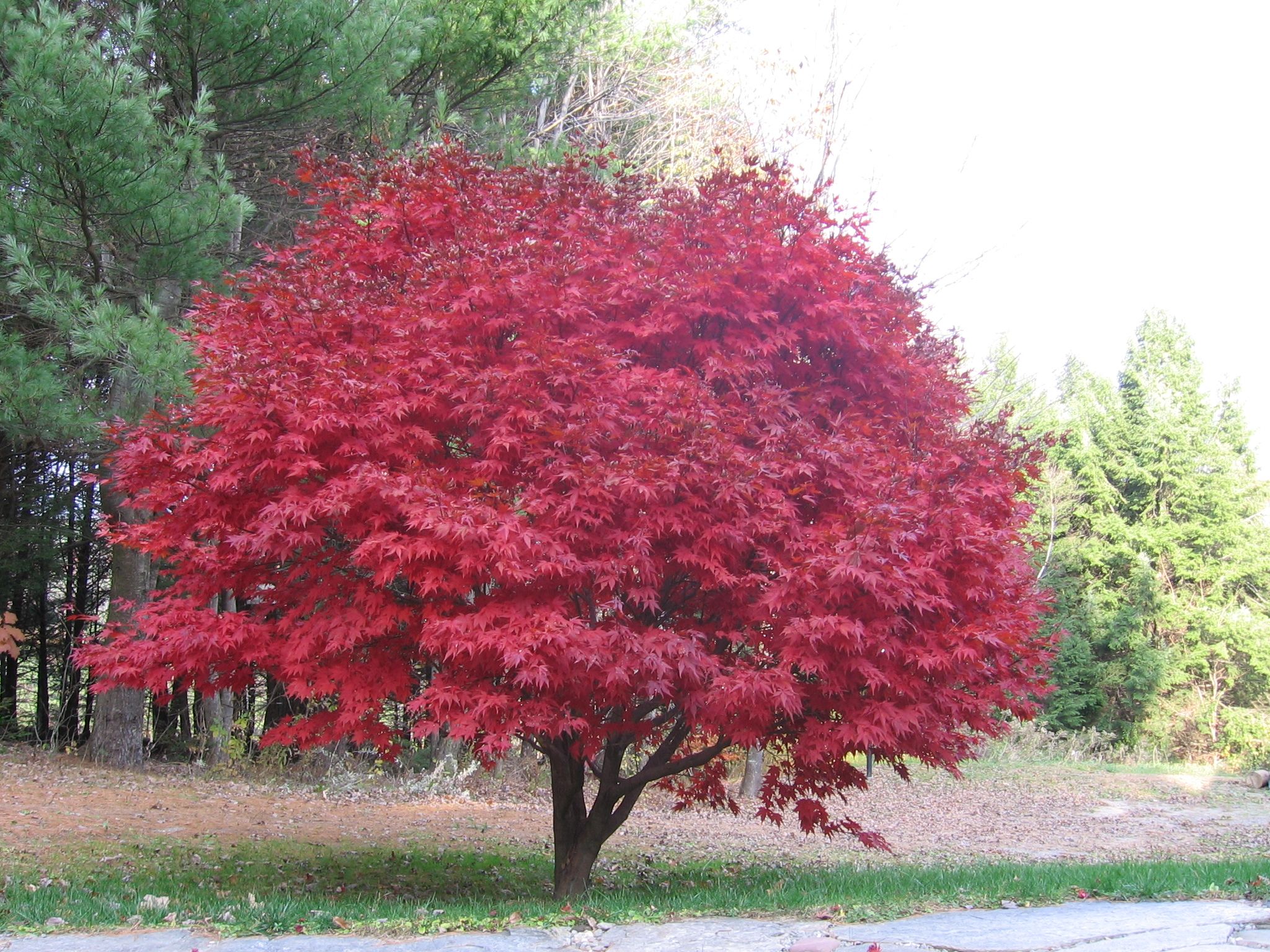Vital Force
Hahnemann and his followers believed that the essential nature of a living being was not to be found in the physical tissues and organs of the body. Homeopaths perceived an intelligence, variously called “the dynamic principle” or “vital principle,” “the dynamis” or “vital force,” which was responsible for the coordination and activities of life.
This idea was and is actually very popular in many traditional cultures. In the modern world, though, we are accustomed to considering the physical world as a purely material one. Everything else is part of the non-scientific spiritual realm. As a modern “science,” conventional medicine conceptualizes and analyzes human life as a set of material functions seated in physical tissues.
Nothing can so clearly illustrate the difference between these two points of view as the matter of life and death itself. The legal and medical worlds increasingly struggle with the definition of death based on physical functions alone. The experts must determine which organ and what physiological function holds the kernel of life. Is it the brain, and if so what part of the brain? Or is it the heart and circulatory function or the lungs and respiration? Actually the determination is impossible and, ultimately, the decision is arbitrary. But the layperson, relative, or close friend, can often sense when the real life has gone out of a body. It is not a matter of the brain or heart still functioning, but one of the vitality and responsiveness that defines life.

